Your Cart is Empty
Get Up To 35% OFF & Free Delivery
Get Up To 35% OFF & Free Delivery
Get Up To 35% OFF & Free Delivery
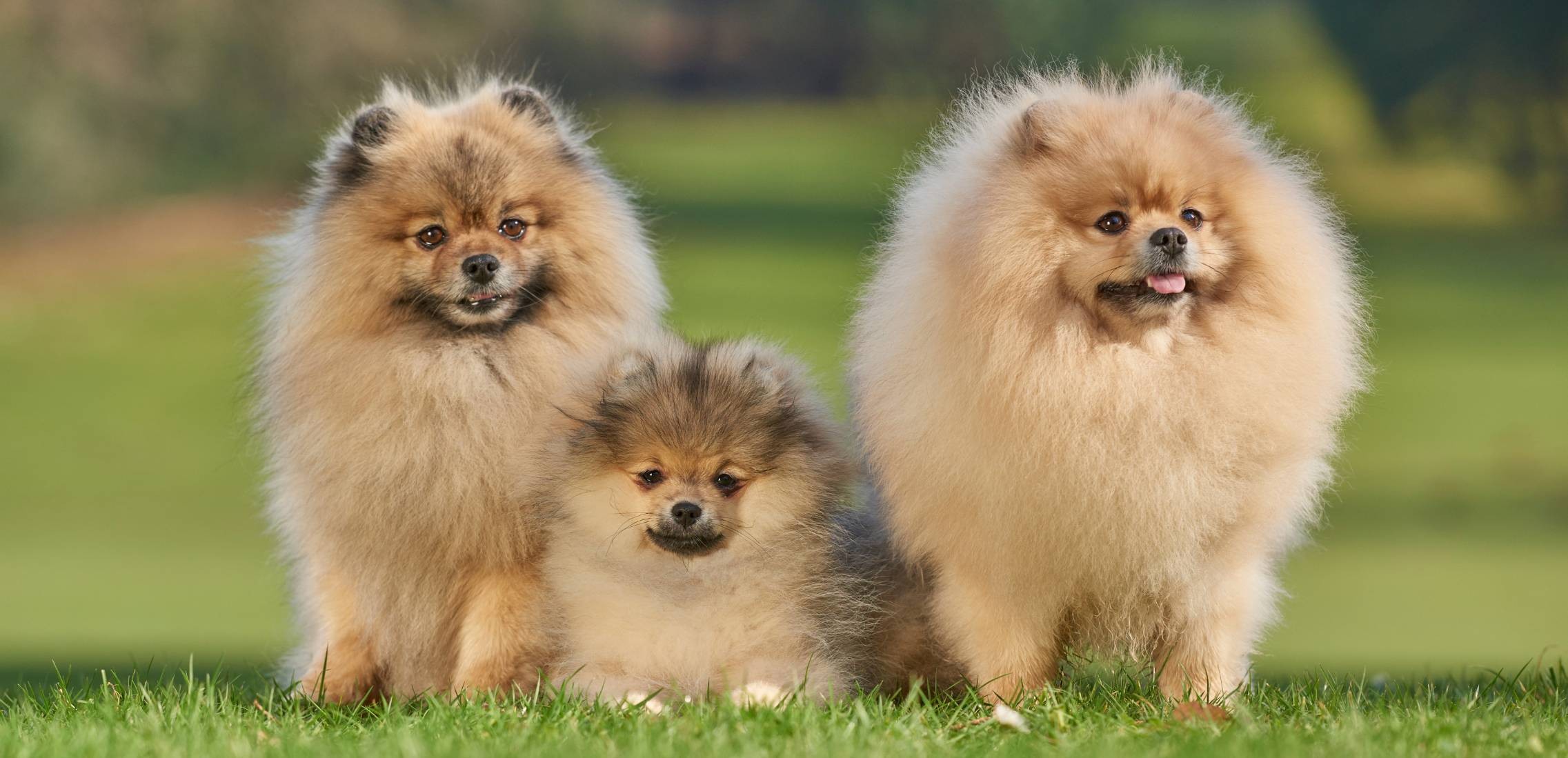
Ever wondered about the little balls of orange fur you’ve seen skipping down the street? What are they like? Do they make good companions? Are they good family pets?
Besides being ridiculously adorable, there is much more to Pomeranians than meets the eye when it comes to dog breeds. Pomeranians have found homes with the rich and famous, including Marie Antoinette, Mozart and Isaac Newton. Not only that, but two Pomeranians actually managed to survive the 1912 Titanic sinking!
In this blog we will take you through everything you need to know about these fluffy pups - from size and color, personality and temperament, down to care and maintenance, training and discipline and how to choose the perfect pom for you…we’re gonna cover it!
So sit back and relax and we tell you all about this small-but-mighty breed.

Lifespan
12 - 16 years
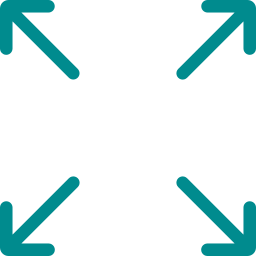
Size
Small / Toy Breed

Weight
2 - 5 lbs

Height
7 - 12 inches

Colors
25 recognized coat colors, ranging from common to rare

Size of home
Flat / Apartment with yard or nearby dog park access
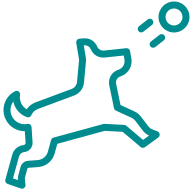
Exercise
30 to 60 minutes daily - broken down into multiple short walks
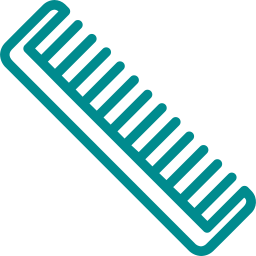
Grooming
Daily brushing with shampooing/conditioning once per week

About their name
Pomeranians are fondly known as ‘Poms’ or, even better, ‘Pom Poms’.
Where they’re from
Generally considered to originate from Pomerania - and while this may sound like a planet from a fantasy novel to some, it is in fact a European region situated on the borders of Poland and Germany.
About their temperament
The Pomeranian temperament is inherently happy and social, making them an affectionate companion dog. They are known for their friendly and inquisitive nature, which makes them compatible with families and suitable for households with children. Pomeranians tend to get along well with calm pet-experienced children and generally live harmoniously with other pets. However, mixing a toy breed like a Pomeranian with a large breed dog should always be done with care and attention.
The history of the Pomeranian breed is particularly fascinating. Considered to be a mini-me version of the German Spitz dog, Pomeranians were gradually selectively bred to be smaller in size and more varied in color - they were even a firm favorite of Queen Victoria back in the day!
The Pomeranian breed is known to originate from the 18th century, with the modern day Pom’s ancestors typically being much larger in size at 15kg, mostly due to their status as a functional dog as opposed to purely domestic pet. These ancestors were spitz-type sled dogs from regions such as Iceland and Lapland, known for their strength and endurance in pulling sleds. Over time, the breed evolved and is no longer used for sled pulling.
Although this breed was not originally recognized by the American Kennel Club (AKC), the Pomeranian has since become widely accepted and this breed is known to regularly participate in shows and competitions.


Pomeranians are very small in size with a super thick double coat. The tiny Pomeranian has small upright ears, tiny legs and paws, and a curled tail. Their faces are often what draw people in - with bright eyes, a big smile and alert expression, these funny little fluff-balls are next-level cute and have become increasingly popular throughout the years.
Through extensive breeding, Pomeranians now boast a variation of coat colors, ranging from black and white, through to different shades of brown, red and blue. The orange-brown coat in particular has become something of a trademark of the Pomeranian breed.
Other coat colors include: orange, orange sable, cream, cream sable, black and tan, wolf sable, parti-color, chocolate, chocolate and tan, chocolate merle, chocolate sable, blue merle, red sable, tri-colored, blue sable, blue and tan, beaver, black and brindle, lavender, blue brindle, merle and tan.
Like a lot of little dogs, Pomeranians are incredibly clever and alert. These pomeranians smart dogs boast high levels of intelligence as well as being extremely loyal and protective, making them excellent guard dogs despite their small size. Natural extroverts, Poms are very lively in nature, their playfulness and curiosity making them endlessly entertaining and joyful to be around. While they do love a fuss, Poms are super independant and won’t always take to being lap dogs; they thrive off of play, exercise and stimulation.
They are very adaptable, meaning they can live in various different housing environments and with various owners. Whilst usually good with children, they can have a tendency to get a little big for their boots, as well as not being as calm-natured and sturdy as larger breeds. If you have a family and are considering getting a Pomeranian, it is important to choose your pup carefully and make sure your children are calm and gentle with them.

Poms tend to be pretty docile for the most part, although small-dog syndrome can sneak in - which can in turn encourage a sense of self-importance, stubbornness and, on a more extreme scale, extreme barking and a tendency for aggression.

Poms are super smart dogs and very receptive to training and discipline strategies. To avoid things like separation anxiety and unwanted behavioral issues, Pomeranians will need to be properly socialized with other dogs and people. Socialization is vital to any dog’s development, and especially to breeds that can be prone to over-independence and anti-social behaviors.
Praising and clicker-training have been found to be very effective with Pomeranians, as well as highly stimulating games and activities that will appeal to their curious and playful nature. They have been known to struggle a little more with house training, so persistence and patience is the key to success.
As Poms need considerable grooming to ensure their long coats are properly maintained, a main part of their training should include desensitizing them to touch so that they can be easily handled by both you and others. Teaching them that touch is safe and non-threatening will make for a calmer and easier time for both pup and owner.
While these balls of fuzz are super cute, they require extensive care and grooming to be kept clean and comfortable. Their coats are very long and dense, meaning that matting can occur and dirt and bacteria can gather and cake on if not monitored closely.
It is important to keep your Pom's fur brushed daily - or thoroughly brushed a minimum of twice a week - to help with tangles, and to clean up any obvious dirt or doggy dingleberries that may be hanging around. Many Pomeranian owners like to schedule their pup in for regular grooms to ensure a more thorough level of care.
Groomers will be able to fully groom, clean and nourish the fur and skin of your dog, as well as organizing a sanitary shave, which removes longer hair from around the dog's genitals and rectum to reduce remnants from toilet mishaps.


Poms also tend to have quite dry skin, and so ensure that either you (with guidance from your vet) or your dog groomer keeps a close eye on this to avoid itching and further discomfort.
Long-haired breeds can develop something known as eye-tearing and staining, where the eyes leak profusely and stain the surrounding fur. This can be quite uncomfortable for your dog and even lead to infection if not looked after properly.
Help avoid these issues by keeping the hair around your dog's eyes well-trimmed, as well as keeping the eyes clean once or twice a day with cotton balls and eye-cleaning solution.
When it comes to feeding Pomeranians, it is best to opt for high-quality commercial dog food. These complete diets contain all the essential nutrients, minerals, and vitamins your dog needs, so additional supplements are generally unnecessary unless recommended by a veterinarian.
Feeding your Pomeranian table scraps is not advisable. This can lead to unhealthy behaviors and negatively affect the dog's health. Improper feeding may cause weight gain and digestive issues.
Puppies require a diet specifically designed for their age. Puppy food is typically higher in calories to support their growth and development. Many brands offer specialized "junior" formulas, which are balanced to meet the needs of young dogs.
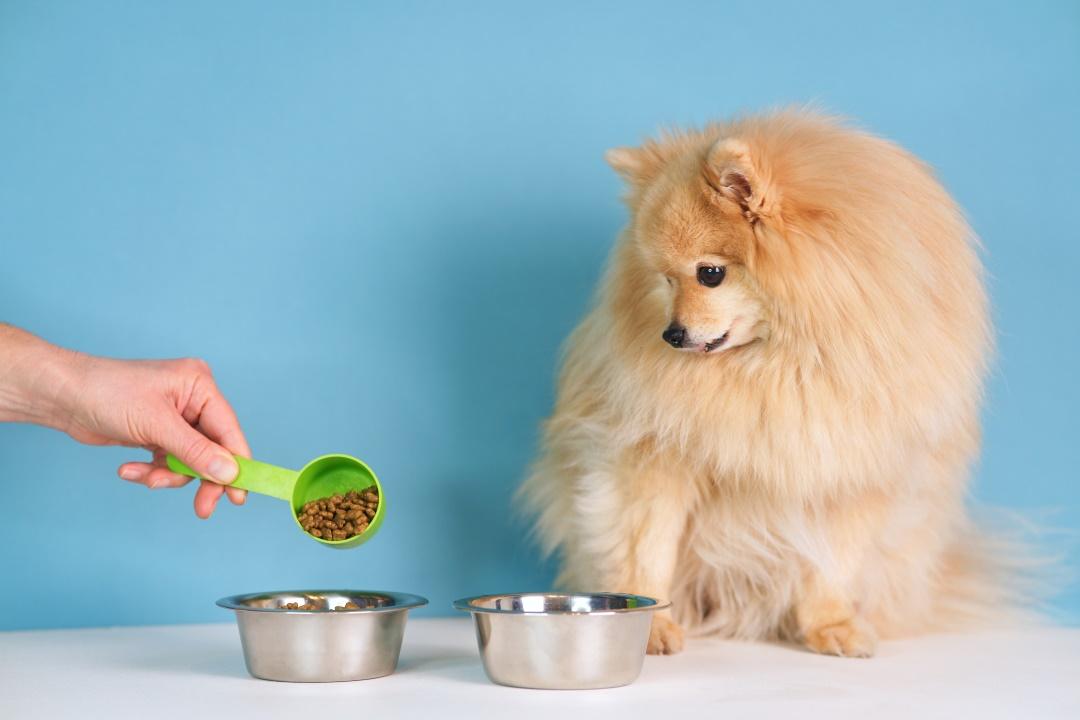
Pomeranians tend to gain weight easily, so it’s crucial for owners to monitor their dog’s daily caloric intake. Dog food packaging usually includes a feeding guide based on the dog's weight, helping you ensure proper portion control. Obesity can lead to serious health problems.
Puppies eat frequently, around 3-5 times a day. After six months, the number of feedings should be gradually reduced. Adult dogs are typically fed twice a day.
Like with any dog breed, Pomeranians are naturally more prone to certain health issues. Here are a few to be particularly aware of when it comes to Poms:
Hypoglycaemia- Very common in small dogs and puppies, this sudden drop in blood sugar can cause weakness and shaking, even leading to seizures. If your dog displays signs of hypoglycaemia you must seek medical assistance immediately.
Eye Issues - Poms, like a lot of smaller or long-haired breeds, can be prone to eye issues, such as dry eye and tear duct issues, cataracts and distichiasis, an unpleasant condition where the eyelashes grow inwards towards the eye. Keep a close eye on your Pom's peepers to catch and treat these issues early.


Dental issues- Again, small dogs can be prone to dental disease and mouth issues, as a small mouth can mean more teeth-overcrowding and displacement, and as a result food and tartar can get trapped and build up, causing longer term issues.
Collapsing Trachea - Common in small dogs and often diagnosed when the dog develops a ‘good honk' sounding cough, this condition occurs when the tracheal cartilage grows overly flexible, making it harder for air to reach the lungs.
Hip Dysplasia - If left untreated, hip dysplasia can lead to further complications such as significant pain and arthritis. This is a very manageable condition, especially in smaller dogs, and so seeking help from your vet in the early stages will give your pup the best chance of proper treatment and prolonged comfort.
Legg-Perthes Disease - An issue affecting the femur head and hip joint, this hereditary condition is most prevalent in younger dogs, and often presents through progressive hind-limb lameness. The condition is pretty painful and should be taken seriously, with treatment being sought when you first notice symptoms.
Patella Luxation - With symptoms including intermittent limping, a hunching of the lower back and bowleggedness in the hind legs, patella luxation occurs when the kneecap shifts sideways and out of position. There are various treatments for a luxating patella, including anti-inflammatory medicine, restrictions in exercise and even surgery if needed.
Top Tip -Pomeranians tend to be more prone to skin and joint issues, and so consulting with your vet about boosting their diet with more omega 3 fatty acids and joint supplements could be beneficial. Likewise, exercise should be carefully monitored - with multiple short walks per day as opposed to one long walk - so as to avoid too much extended pressure or strain on their joints.

Pomeranians are perfect for individuals looking to add joy and energy to their lives. They make excellent companions for those who need a little extra motivation to get outside and stay active. A Pomeranian is like a cheerful remedy for anyone feeling down or sluggish.
These dogs are always lively and full of personality. Their fox-like faces seem to wear a perpetual smile, and they are constantly eager to play, run, and jump.
However, it’s important to understand that Pomeranians need regular walks and plenty of exercise. If you’re more of a homebody or find it difficult to be physically active, this breed may not be the best choice. A Pomeranian thrives in an environment where they can be on the move.
This breed is ideal for those who want a small dog not just for carrying around, but for training and playing with. Many people choose Pomeranians because they want the traits of a larger dog but lack the space for one. These dogs are well-suited to apartment living and adapt to various climates, from warm to cold.
If you're seeking a fluffy companion, the Pomeranian’s beautiful coat is one of its standout features, but it also requires regular grooming. This breed will bring charm and warmth to any home, especially in colder regions where many other small dogs might struggle.

When it comes to choosing Pomeranian puppies, it is vital to do your research into reputable Pomeranian breeders.
Dogs who have been poorly bred, especially from parent dogs with existing health conditions or diseases, are more likely to develop health problems and experience more issues in the longer term. Many dog diseases and disorders are hereditary, and so knowing the history and health of a Pomeranian dog’s parents is key.
It is always advised to go and meet your puppy in person, as this way you can see which one you vibe with, as well as ask the breeder all the important questions you need.
Pomeranian puppy prices will of course vary depending on breeder, show-breed level, and even color. The most rare color of Pomeranian is Lavender - a beautiful dusky gray color - so naturally these Poms are more expensive due to their rarity.
On average, Pom puppies tend to cost anywhere between $5000 and $2000, but show-quality Poms can even cost as much as $10,000!
Whether you are buying or rescuing your Pom pup, our advice would be to always do your research, make sure you have a connection with your new furry friend, and then bring them home to a happy and loving home, where they can jump and play to their little hearts content.

So there you have it, a complete overview of the Pomeranian and all their amazing attributes. We think these cute bundles of fluff are absolutely fantastic dogs to have as part of your family.
If you're thinking of inviting a Pomeranian into your home, remember to explore the Potty Buddy™ range to support your new's pups health, happiness and hygiene.
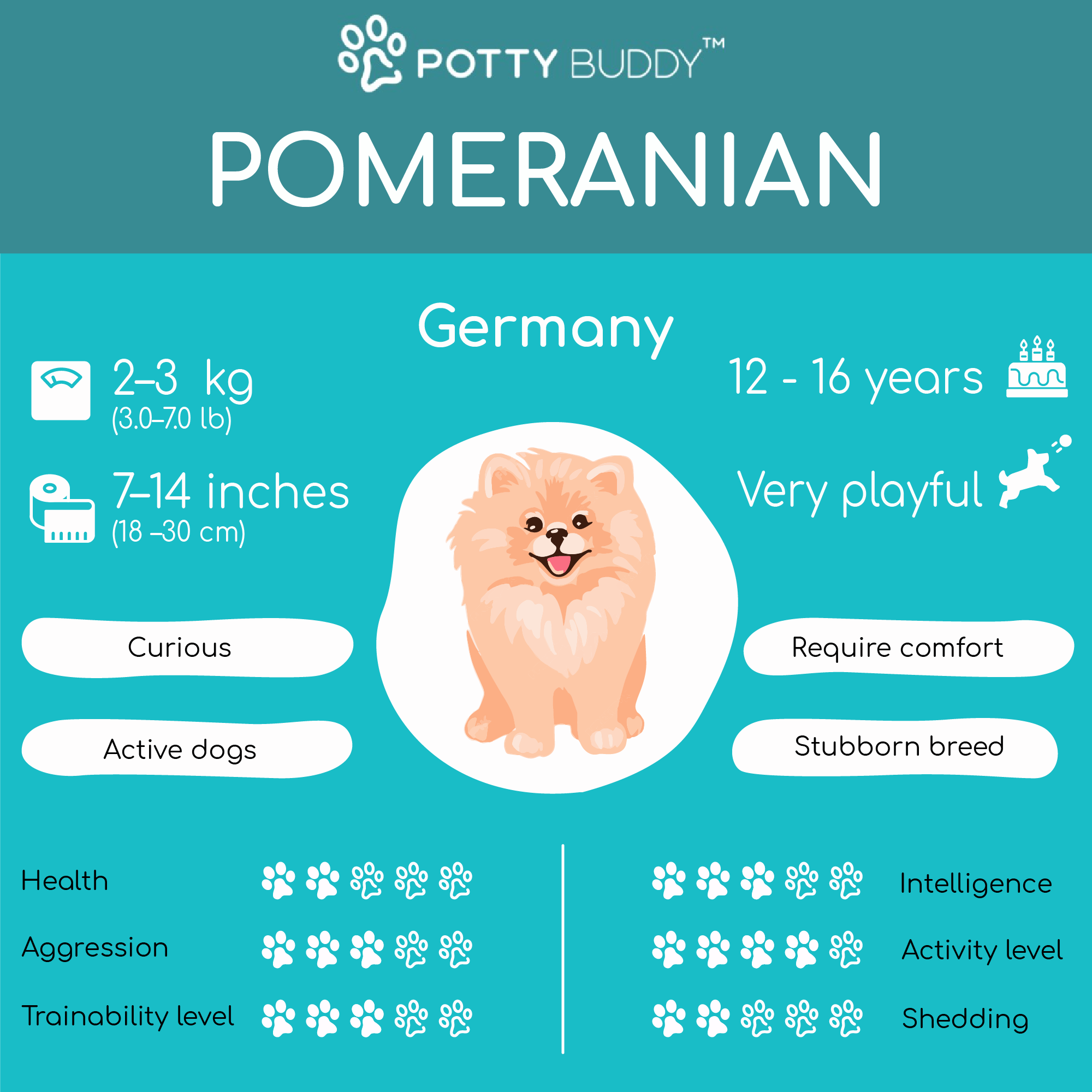
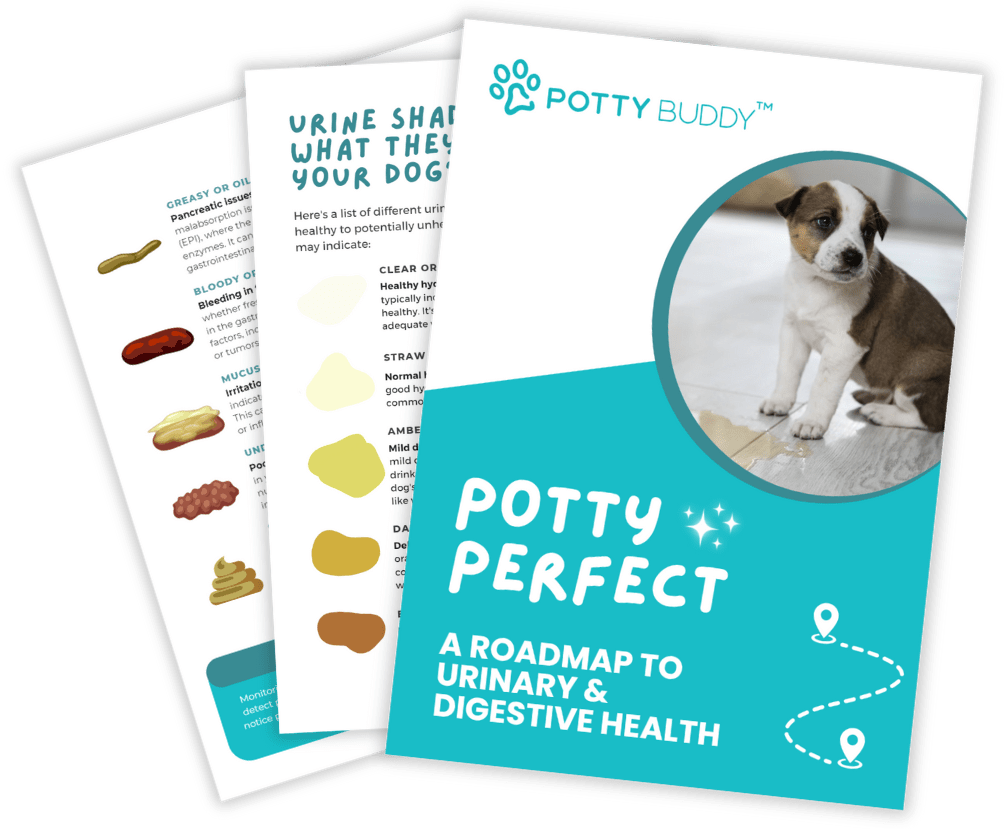
Could you Spot if Your Dog Had a Health Issue?
Find out with our Free Guide
Discover the crucial signs of common urinary and digestive issues before they become a bigger problem.
✅ Spot the often-missed symptoms
✅ Learn what different urine colors mean
✅ Identify issues based on poop type
Follow Us On
Check Out Our Most Popular Content